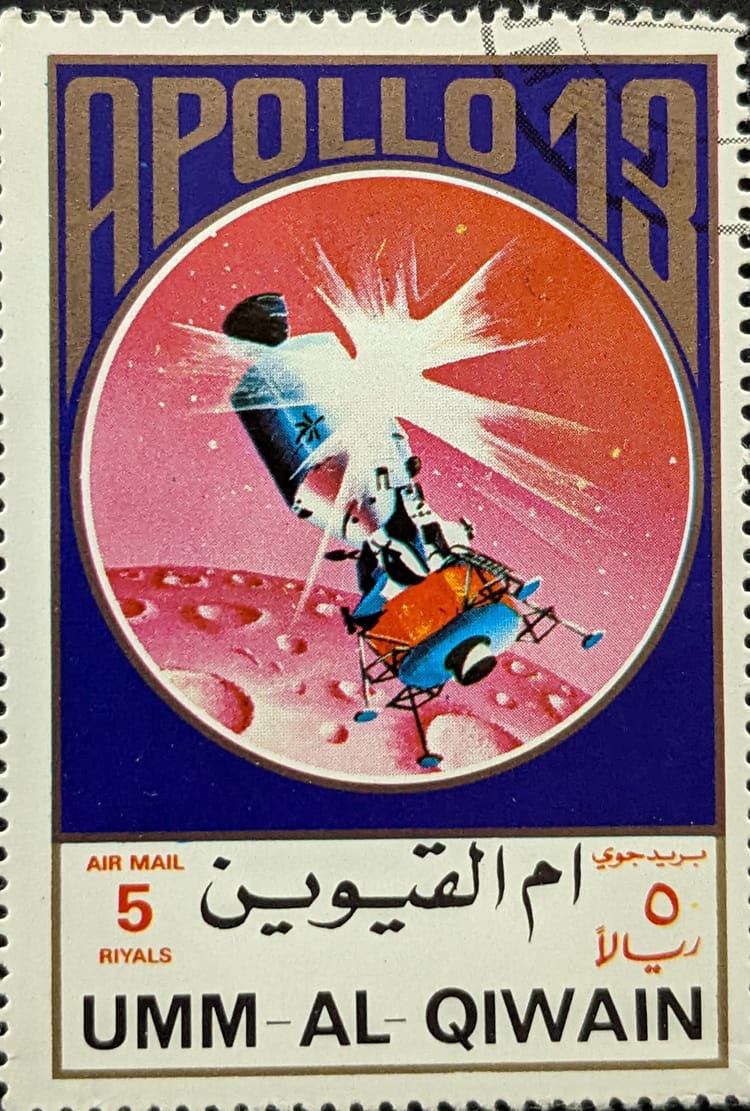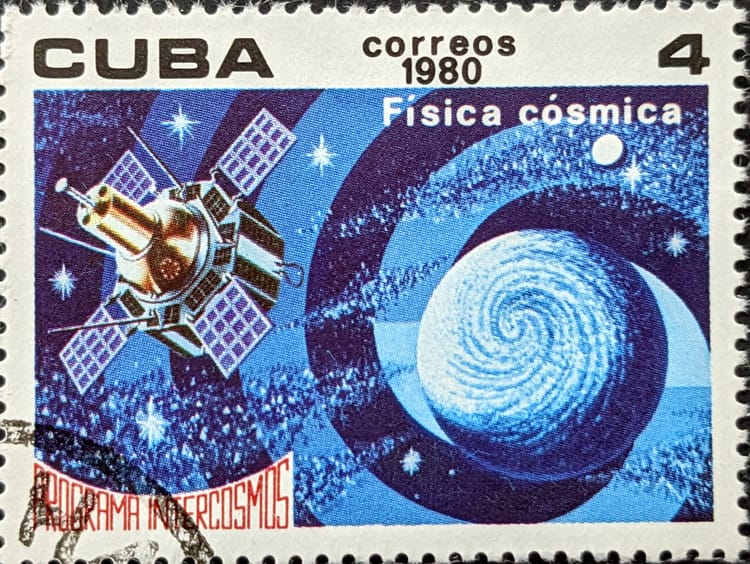An Embarrassment of Pitches: A short history of USAF/SF commercials
It’s time for a little fun at the expense of my former service. This is inspired by the latest release of the U.S. Space Force’s latest advertisement. I’ll get to that in a few paragraphs.
I’m just going to state it flat out: the Air Force advertising campaigns have been a mess since at least the mid-1980s and that service’s public affairs office could do with some education. The messaging is typically between that of being tone-deaf and lately bordering on fantasy, but using scenes of systems nearly two decades old. It’s not just public affairs, but a service problem generally. You can see the same kind of waffling in the constant uniform and logo changes, too.
Aim High
I don’t know if anyone remembers the ad campaign “Aim High.” But while it might have sounded great on its own, it implied a few messages unintentionally. The first, most obvious one is that aiming high lends itself to missing a target. This is generally viewed by fighter pilots, who pride themselves on their accuracy whether bombing or shooting enemies down, as a “bad thing.” No one wants a cadre of pilots who can’t hit a target. Even weirder is how this ad came to be during the height of anti-drug hysteria. The other unintentional message of those two words is to aim, probably high-dollar-value weaponry, while high on some kind of drug. Again, probably not the greatest message to send out to the public.
Fast forward a few decades.
The USAF started it’s “Above All” campaign around 2008. Any student of military history probably cringes at those two words--they seem quite, ah, “germanic.” NAZI Germany liked using the motto “Deutschland Ueber Alles”--literally, Germany over all. It was part of that errant nation’s anthem. It seems a strange oversight for a military organization to not understand what those two words might have been tied with. Was there no one in the USAF public affairs office who studied some military history? While the “Above All” campaign surely was started innocently, the contents of a few of its commercials were pretty bad. For example:
So many terrible implications. First, can a single missile take down Global Positioning System service by taking out a single satellite (as the commercial explicitly says)? Not likely. The current constellation consists of 31 operational GPS satellites. This doesn’t include on-orbit spares. It would take a lot of ASATs to degrade the GPS constellation to a point that it would be unusable. It’s designed for redundancy in mind, to begin with. The ad also implies then, that the USAF was not doing its job by having a fairly flimsy “army of one” GPS satellite in orbit.
Around 2014 came along “It’s what we do every day.” Which is comedic when you actually think of what an Air Force space operator has to deal with every day. Dealing with securing some time with a secure terminal to make sure no email from the support staff is waiting to pounce. Updating the performance review sheet. Cursing at the pinhead who left the coffee carafe on the hotplate--empty. Updating the PowerPoint slide for the next shift. Wiping grape jelly off the uniform. That’s what was done every day.
But the accompanying advertisement was--misleading--at best.
Where to begin? The uniforms remind me of what bad guys wear...particularly imperial officers in Star Wars. Second, why are they staring at a projection of the Earth, when the immediate concern is what happens to the space station? Why project images of ground forces (operators will already know the consequences)?
If the USAF has a real-time feedback loop that shows sensor data of objects around the Earth in any given orbit, so that operators can immediately move something like the space station from the comfort of the office chair (also, without apparently coordinating with potential space station inhabitants--safety first?), that would be really interesting. But I’m pretty sure that’s not how it works.
The Future with Yesterday’s Technology
So, this latest commercial. We are now dealing with Space Force public affairs ideas, that, god help us, probably came from the Air Force.
It starts with a person staring up at the sky, kind of like when Luke Skywalker is first introduced. So far, so good.
The voice starts in “Some people look at the stars and ask ‘what if.’” Wait, what? Personally, that’s not why I joined the service, and I doubt it's why the majority of folks joined Space Command. We joined to defend the nation, protect siblings in arms, and stay in a relatively comfortable environment while doing so. If we can do that with better technology, then, great!
But, the technology in the commercial is nearly two decades old. While I doubt the United Launch Alliance (ULA) had anything to do with this ad, someone in the Space Force is a ULA fanboy as no other launch service provider’s rocket was shown. All launch vehicles depicted are from ULA, with the Delta IV Heavy (DIVH) featured prominently. The DIVH was contracted for development in 2000 and first flown in 2004. While it’s venerable and reliable, it’s certainly not the SF’s future. Especially with the SF winding down on DIVH launches in about four years.
Same for Boeing’s X-37B (the little space shuttle-looking thing in the commercial). NASA contracted with Boeing to develop it in 1999. Its first flight was 11 years later in 2010. The X-37B is an old system based on older technology. I would hate to think of the computer systems involved with it, as they are probably ancient. Imagine computer systems back in 1999. They weren’t great. They weren’t fast. Modems themselves were measured in at about 14400kbps. The USAF might even be using UNIX (so terrible).
The point is, that the Space Force is supposed to be futuristic technologies to protect people today and tomorrow. The fact the commercial features decades-old technology seems to be a weird lack of synchronization of vision from the services public affairs group. While this may be a reflection of the realities of the technology the service is currently stuck with (that, and its true mission, mapped out in “Examining the U.S. Space Force’s Missions”), it’s not the most aspiring or truthful vision.




Comments ()